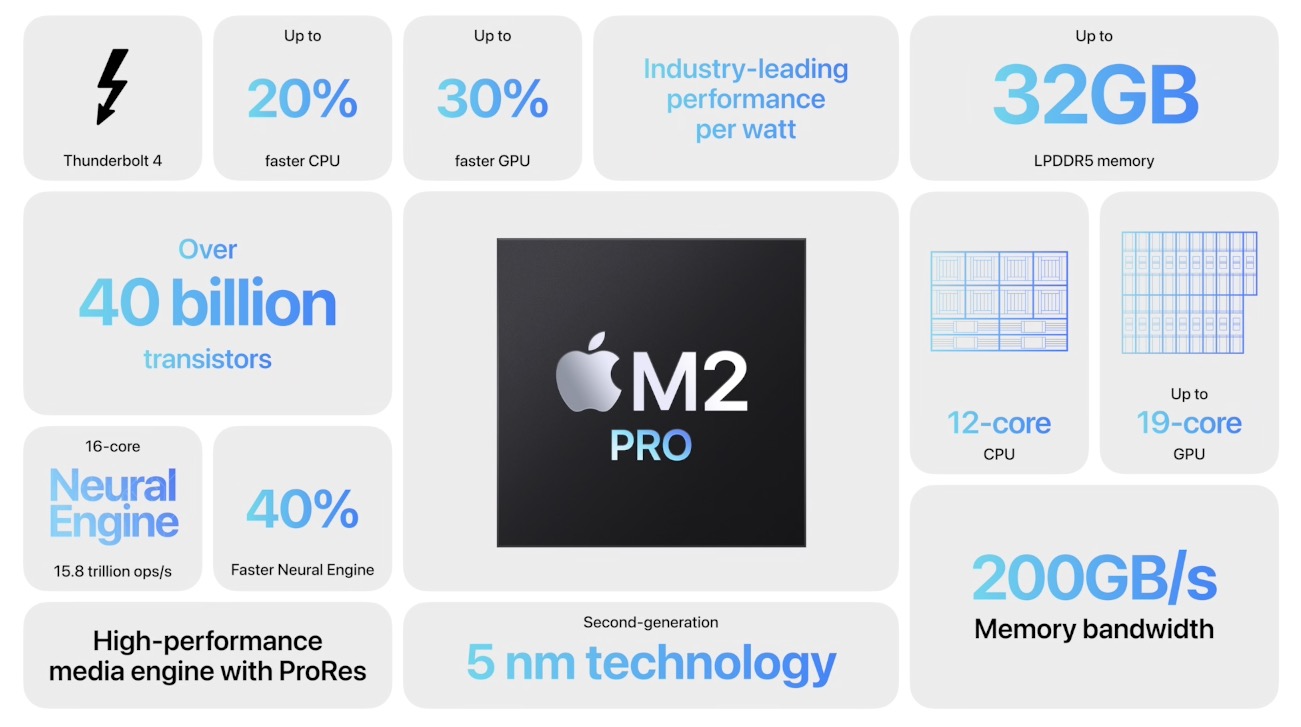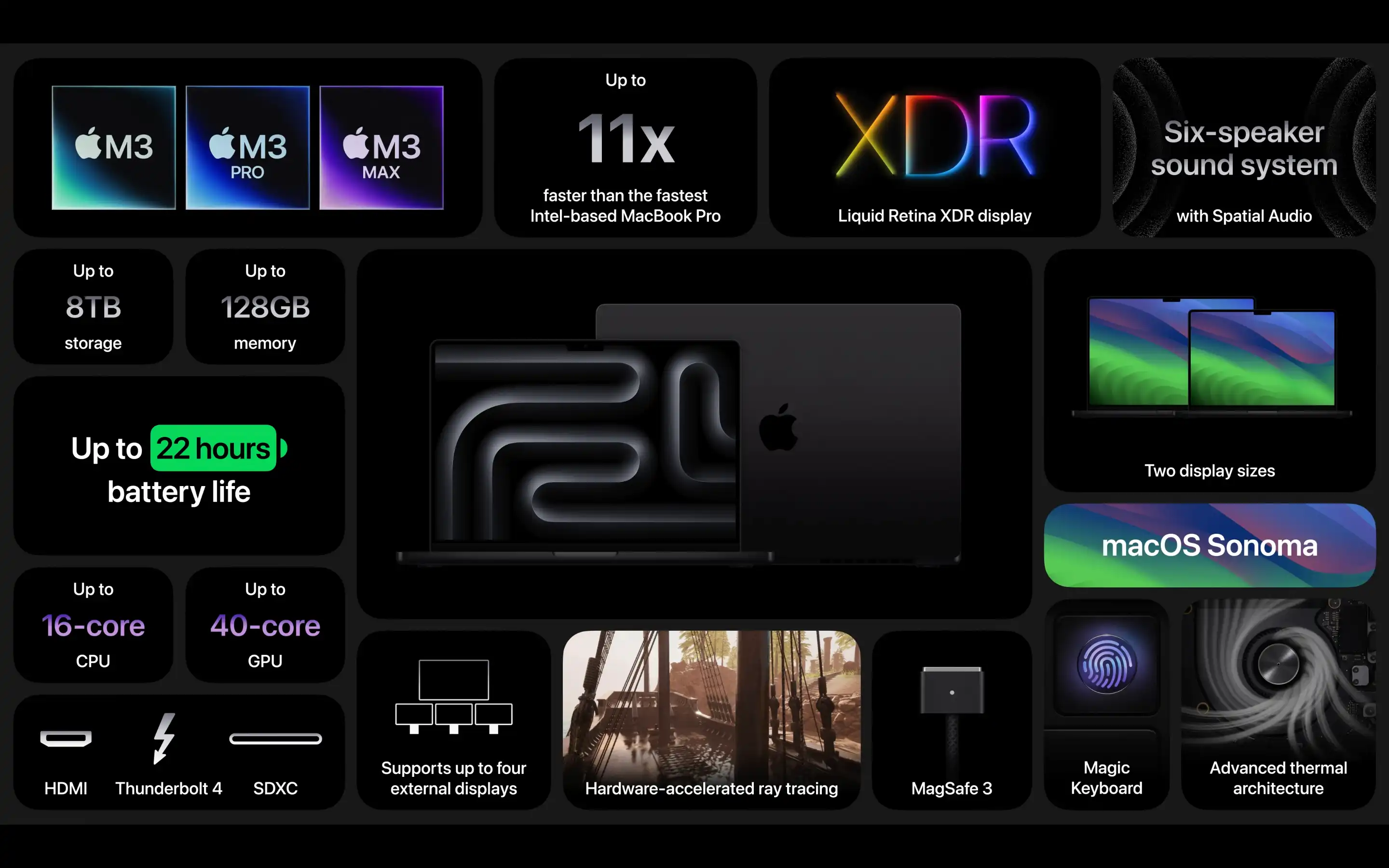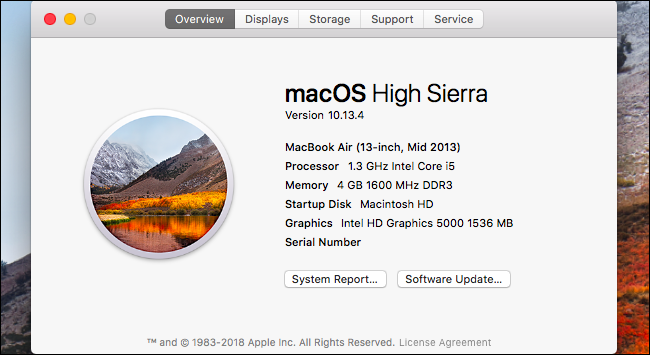When Apple completely removed the iMac Pro and then the 27-inch iMac from its online store, we thought that was the end of the road for the greatest all-in-one computer. Apple currently only sells one size of iMac: the smaller 24-inch version. But what about the huge gap in the iMac lineup previously occupied by the 27-inch model?
Could it be that Apple decides to extend this one leaving the device dead? bury it and instead expect Mac Studio and Studio Display to soothe that itch; That's certainly what 9to5Mac's sources claimed. However, there are tantalizing signs that Apple is planning to deliver a larger iMac with higher performance than the 24-inch iMac. Whether it's the iMac Pro or the iMac, here's everything we know about Apple's next high-end all-in-one.
Price and release date
At its Peek Performance event in March 2022, Apple showed off an all-new Mac Studio and Studio Display. He also revealed that the Mac Pro was the last Mac to switch to Apple's silicon. Basically, that seemed like the death knell for the future of larger iMacs.

That's probably true for the iMac Pro, at least. As it has always been a separate product line from the standard iMac, Apple's announcement seems to confirm that the iMac Pro won't be getting a new release date anytime soon. That doesn't necessarily apply to the iMac, though. Since the 24-inch iMac is already equipped with a silicon chip from Apple, the possibility remains that a new 27-inch iMac (powered by Apple's silicon) will hit the market, but remains with the statement. that the Mac Pro is the only Mac waiting to make the transition to Apple's silicon chip.
And there's another clue . Apple lists the 24-inch iMac as "iMac 24" on its website. If it were the only size option in the iMac family, Apple would probably just call it "iMac" because no distinguishing features would be needed. The inclusion of the dimensions in the name could be interpreted to mean that another size is in the works.
If that's true, when could the biggest iMac make a splash? Trusted Apple analyst Ming-Chi Kuo has pegged the release date for the high-end iMac at 2023. Renowned Apple journalist Mark Gurman also contributes to this impression. In early July 2022, Gurman said in his newsletter that he expected the larger iMac to come with a choice of M3 Pro or M3 Max chips. In June 2023, Gurman added more details, stating that the full-size iMac might not launch until 2023 or early 2024. In Apple lingo, "early 2024" might not be as long as May.
Interestingly, MacRumors claims that Apple has tested several iterations of an improved iMac, including a silicon version from Apple, housed in the body of the 27-inch Intel iMac, an enlarged version of the 24-inch iMac, and a premium edition with XDR display, M1 Max chip, and black finish. However, none of this happened, possibly due to issues in the global supply chain. If true, however, it reinforces the idea that Apple is pouring resources into a new iMac, and hopefully that means the launch isn't far away.
We can get a hint on the potential price by looking at Apple's other desktop offerings. The 24-inch iMac currently starts at $1,299. On the other hand, Mac Studio and Studio Display start together at $3,598. That means there's a big gap in the $2,000+ range: At $1,599, the Studio Display alone costs more than the 24-inch iMac.
So if Apple were to relaunch a 27-inch iMac, we'd expect the price to be closer to the $1,799 that it was before the discontinuation. That starting price could rise to $1,999, as the MacBook Pro line saw a similar increase when the 14-inch MacBook Pro launched. Either way, it will fill a gap in Apple's price range.
Design: bright colors or muted tones?
When Apple redesigned the iMac in April 2021, it brought the classic, colorful look of the 1998 iMac G3 to The Returning. The new iMac comes in a range of vibrant colors, from pink to yellow to blue, giving it a playful vibe that Apple hopes will make it as practical and accessible as its inspiration. G3 .
Does the high-end iMac get the same treatment? It probably depends on how Apple positions it. If, as expected, it's just branded as the larger version of the 24-inch iMac, vibrant colors are almost guaranteed. It would only be an extension of the existing model, so it would make sense to keep color continuity.
If Apple brings back the iMac Pro nomenclature instead, then the colors will be output. Apple's Pro devices usually come in muted "Pro" colors like gray and silver. A professional-looking machine in bright pink or yellow tones probably wouldn't feel out of place. However, given Apple's statement on how many devices have yet to upgrade to Apple silicon, we don't think the iMac Pro brand is likely.
It wasn't the only makeover the iMac received in April 2021, it also got drastically slimmer. Will this sleek design hold up to the larger iMac? We believe there is a good opportunity. Given the efficiency of Apple's silicon chips and the small footprint of the SoC compared to a system that uses a separate GPU and memory modules, the larger iMac might not need an upgrade to fit it. The only question is how powerful the larger iMac's chips are and whether they need additional cooling. This could affect the width of the device case.
Bet on Apple silicon

The shape of the iMac Pro is highly dependent on the chip that powers it. The 24-inch iMac appears to be the first Mac to take advantage of Apple's silicon, but that doesn't mean its higher-end sibling is following the same path.
Journalist Mark Gurman predicts that the high-end iMac will likely come with a choice of M3 Pro or M3 Max chips, which could launch later in 2023 or early 2024. Those chip options make a lot of sense . The current iMac uses an entry-level M1, so equipping its big brother with the next-in-line chips (rather than the high-end Ultra chip) would give potential users an easy option without creating too much of a divide. . between the different sizes of the iMac.
The M3 chip generation is expected to be a major leap forward in performance due to its smaller manufacturing of chips used 3 nanometers. Procedure. Simply put, this should result in a significantly more powerful and efficient chip with notable improvements over its M2 predecessor. If it works, the bigger iMac could be the powerhouse that the iMac Pro was before it was discontinued.
No matter what happens , Apple will go without a discrete graphics card in the 27-inch iMac. Apple is obviously confident in the capabilities of its own chips, as the mature, high-end Mac Studio retains the integrated graphics of the M2 Ultra. Even the Mac Pro, built on the concept of modularity and previously equipped with discrete graphics cards, now uses the GPU integrated into its M2 Ultra chip. If the Mac Pro ditched its discrete graphics cards, you can bet the high-end iMac will too.
An XDR display seems probable
![]()
The current iMac is 24 inches wide compared to the 21.5-inch model it replaced. This increase is due to Apple reducing the bezels to the edge of the screen. If Apple releases a larger iMac, it will almost certainly get the same treatment as its 21.5-inch counterpart, along with a slight increase in screen size. Our money is on something in the 30 to 32 inch range. Alternatively, Apple could stick with a 27-inch screen, but reduce the size of the case that houses it by cropping the edges.
Interesting addition from Mark Gurman The argument for a much larger iMac in June 2023 backs up the arguments. In his newsletter, Gurman explains that Apple is testing an iMac with a screen "over 30 inches". So it looks like Apple might decide to give users the maximum screen real estate on their iMac to a greater extent.
The size of the screen could affect the resolution. The 27-inch Studio Display has a 5K resolution, while the Pro Display XDR tips the scales at 6K. If Gurman is right about the next iMac over 30 inches wide, 6K resolution might be an option. However, if Apple sticks to the 27-inch size, it's more likely to be 5K.
We may be getting more resolution than impressive. To boost the highest pixel count, we wouldn't be surprised if Apple put its XDR Mini-LED brand into play, as it did with the latest iPad Pro. This brings great contrast ratio and maximum brightness, along with key technologies like ProMotion and compatibility. with HDR. Display industry expert Ross Young expressed his belief that the larger iMac would come with a mini-LED panel and 120Hz variable refresh rate. That would really help set it apart.
Everything else we expect to see
This makes it an absolute recommendation for the high-end iMac when it launches, and offers the convenience of one-click login and purchase verification.
Alternatively, Apple could replace Touch ID with something even better: Face ID. We know the company is working to bring this secure login technology to the Mac through a number of patents; The only question is whether he is ready to go. Given the havoc the coronavirus has wreaked on the industry, Face ID seems unlikely. But never say never: Trusted reporter Mark Gurman says Face ID is on the way. While this statement was made in January 2021 and the iMac has clearly been delayed since then, it does imply that Face ID may not be too far off prime time.
Finally, iMac fans will be pleased to know that the 2021 MacBook Pro has a much wider variety of ports, including the return of the HDMI slot and card reader SD. Given the professional audience that a larger iMac might be attracted to and the variety of peripherals and devices used, the next high-end iMac will likely have many more ports than the USB-C slots offered at the entry level. iMac. With that in mind, newer MacBook Pro models might preview the ports on this device.












